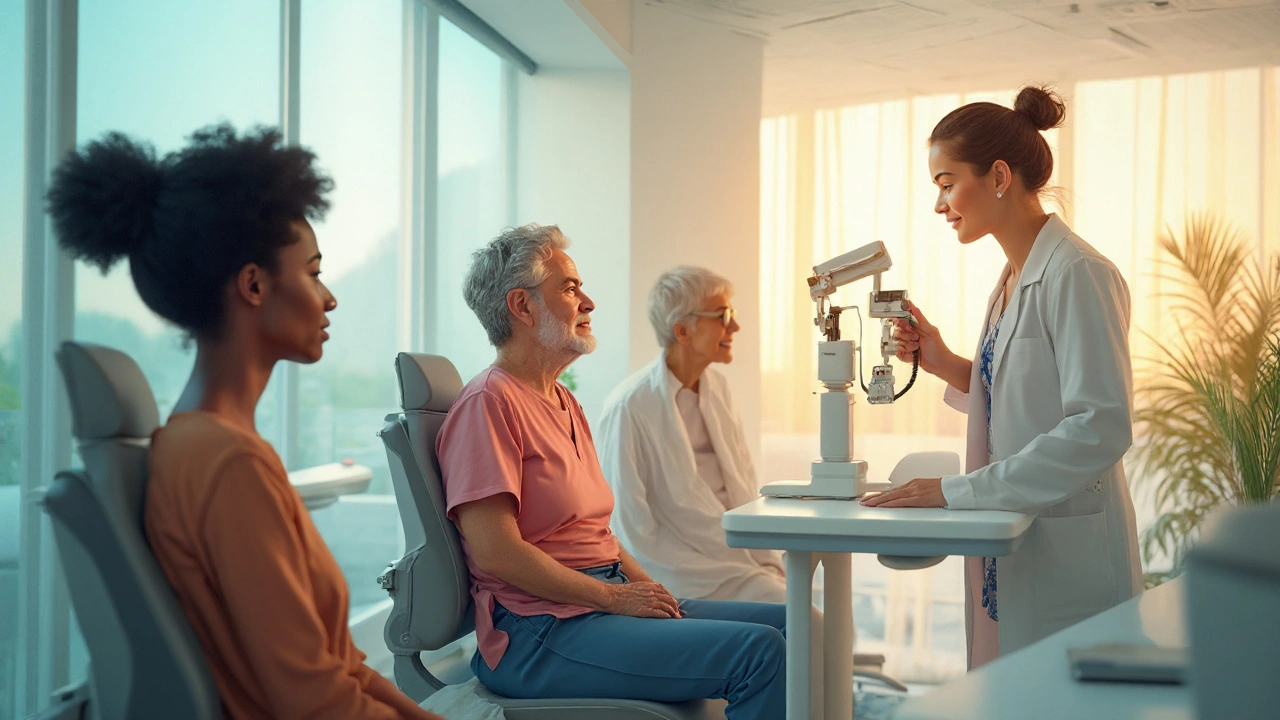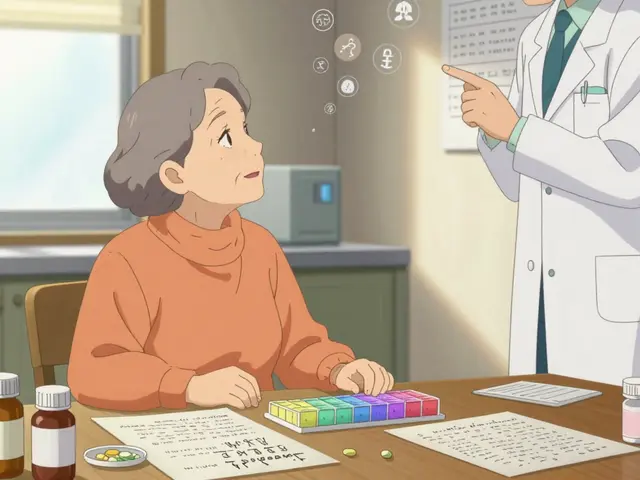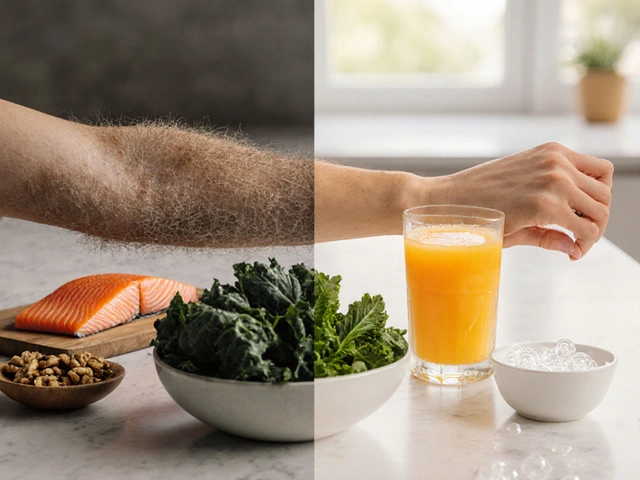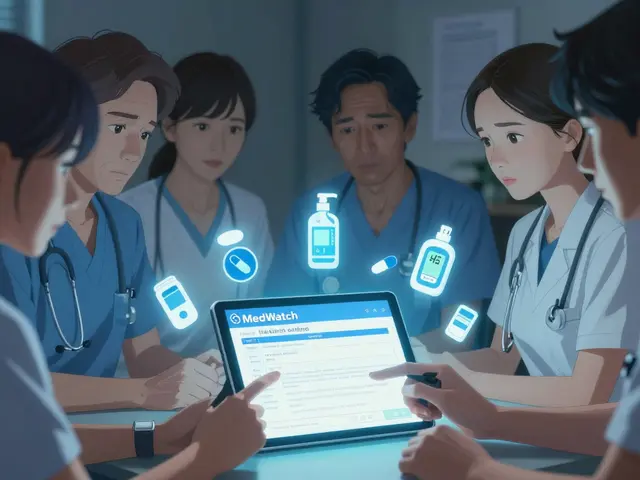Intraocular Pressure: What It Means and How to Keep It Healthy
Intraocular pressure (IOP) is the fluid pressure inside your eye. Too high a pressure can damage the optic nerve and lead to glaucoma, the silent thief of sight. Most people never notice a problem until a routine eye exam spots it, which is why understanding IOP matters for everyone.
Normal IOP usually falls between 10 and 21 mmHg. Numbers outside this range don’t automatically mean trouble, but they do flag a need for closer monitoring. Your eyes constantly produce a fluid called aqueous humor, and a balance between production and drainage keeps the pressure steady.
How Pressure Is Measured
The most common test is a tonometry exam. Your eye doctor will use a small puff of air or a gentle probe to gauge the pressure. The reading takes just a few seconds and is painless for most patients. Some clinics also use a non‑contact device that doesn’t touch the eye at all.
If your doctor suspects higher risk, they might repeat the test on different days or add a visual field test to see how your peripheral vision is holding up. The combination of pressure readings and eye imaging gives a fuller picture of your glaucoma risk.
Ways to Manage Your Eye Pressure
First, follow any medication plan your eye doctor prescribes. Eye‑drop medicines like prostaglandin analogues or beta‑blockers are the frontline tools for lowering IOP. Use them exactly as directed—missing doses can cause pressure to rise again.
Second, lifestyle tweaks can help. Keeping a healthy weight, exercising regularly, and limiting caffeine intake have all been linked to modest pressure reductions. If you have a family history of glaucoma, avoid smoking and protect your eyes from injury.
Third, watch your blood pressure. High systemic pressure can push eye pressure higher, so keeping your cardiovascular health in check benefits your eyes too. Talk to your primary doctor about a balanced diet rich in leafy greens and omega‑3 fatty acids.
Lastly, schedule regular eye exams. Even if you feel fine, an annual check‑up can catch pressure changes early. People over 40, those with a family history of glaucoma, or anyone with diabetes should consider more frequent monitoring.
In short, intraocular pressure is a simple number with big implications. Knowing your baseline, staying on treatment, and making smart lifestyle choices give you the best shot at preserving clear vision for years to come.
Learn what ocular hypertension is, why it happens, how to spot it early and the most effective treatment options to protect your vision.
Recent-posts
Categories
Tags
- online pharmacy
- side effects
- online pharmacy UK
- generic drugs
- Tadalafil
- arthritis medication
- buy medication online
- prescription medication
- motion sickness
- Sildenafil
- Vardenafil
- ED medication alternatives
- drug interactions
- drug safety
- opioid side effects
- generic medication prices
- brand drugs
- premenstrual dysphoric disorder
- sleep quality
- PMDD






